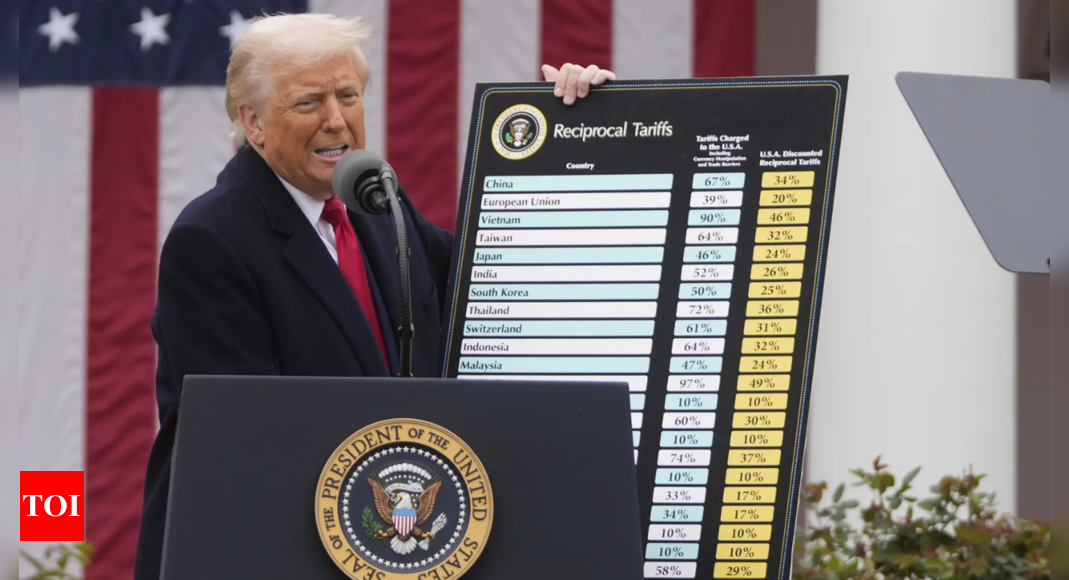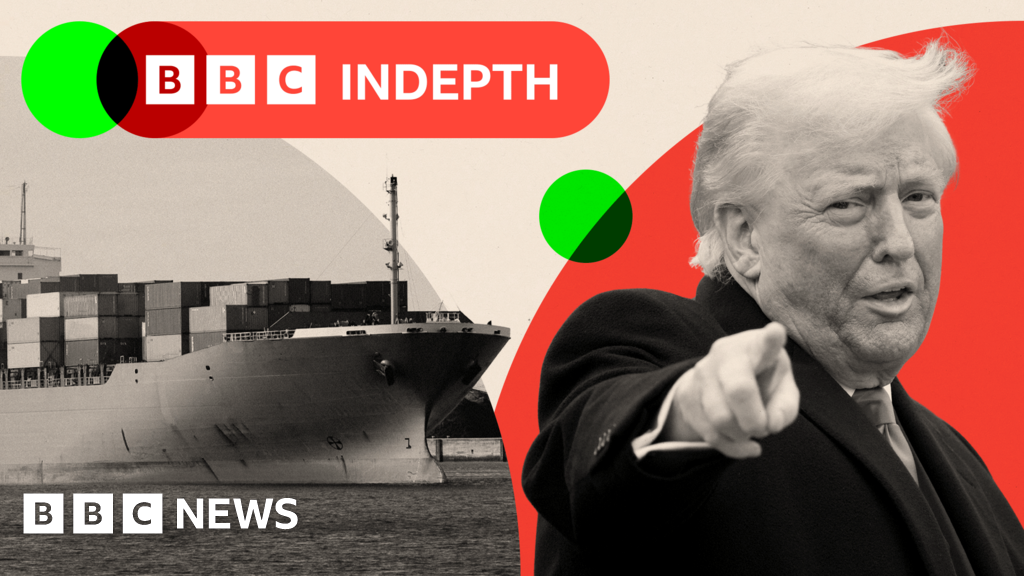Iran’s currency hits record low amid escalating tensions with US – The Times of India

Iran’s rial reached an unprecedented low against the US dollar on April 5, 2025, trading at over 1 million rials for a single greenback. The dramatic depreciation of the currency follows the country’s return to work after the Persian New Year, Nowruz, when the exchange rate surged due to limited trading.
As currency exchanges resumed in Tehran, the rial’s value continued its freefall, reaching 1,043,000 rials to the dollar. Traders on Ferdowsi Street, a central hub for currency exchanges in Tehran, turned off their electronic signs in uncertainty, unsure of how much further the rial could decline, as reported news agency AP.
“We turn it off since we are not sure about the successive changes of the rate,” said Reza Sharifi, a trader at one of the exchanges.
Impact of US sanctions and economic pressures
The weakening of the rial has been driven by years of economic pressure, particularly the fallout from international sanctions imposed after the US’s withdrawal from the Iran nuclear deal in 2018. At the time of the 2015 deal, which saw Iran agree to limit its uranium enrichment in exchange for the lifting of sanctions, the rial traded at 32,000 to the dollar. However, following the US’s “maximum pressure” campaign under former President Donald Trump, which targeted Iran’s oil exports, the rial’s value has steadily eroded.
Market analysts believe that the continued decline in oil sales and inflationary pressures, exacerbated by foreign sanctions, have contributed to the rial’s ongoing slide. “Expectations for a decrease in oil sales and more inflation have caused a higher rate for hard currencies,” said market analyst Mehdi Darabi.
Internal unrest
The economic collapse has fueled widespread frustration in Iran. With savings evaporating, many Iranians are holding onto hard currencies, gold, and tangible assets like cars, while others are turning to cryptocurrencies or participating in high-risk financial schemes. The political climate is similarly volatile, with protests continuing over the mandatory hijab law as many women in Tehran defy the law by not wearing the headscarf in public.
Further economic unrest has been triggered by rumors of a potential rise in gasoline prices, which could spark nationwide protests as seen in the past. The falling rial is also putting more pressure on the Iranian government. In March, the country’s parliament impeached Finance Minister Abdolnasser Hemmati over the deteriorating value of the rial and accusations of economic mismanagement.
Additionally, President Masoud Pezeshkian faced backlash after he dismissed his vice president, Shahram Dabiri, following public outrage over Dabiri’s luxury Antarctic cruise, which some viewed as insensitive given the country’s economic struggles.
“In a situation where the economic pressures on people are huge, and the number of deprived people is massive, expensive recreational trips by officials—even if paid for with their own money—are not defensible,” Pezeshkian said in firing Dabiri. Dabiri has not provided a public explanation for the trip.
Iran’s call for dialogue with the US
Amid mounting internal and external pressures, President Pezeshkian has reiterated Iran’s desire for “dialogue from an equal position” with the United States. He criticized the US approach, saying, “If you want negotiations, what is the point of threatening? America today is not only humiliating Iran but the world, and this behavior contradicts the call for negotiations,” according to the state-run IRNA news agency.
Despite ongoing tensions and economic turmoil, Iran remains open to dialogue, though direct talks with the US have yet to yield substantial progress.




